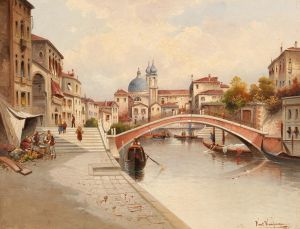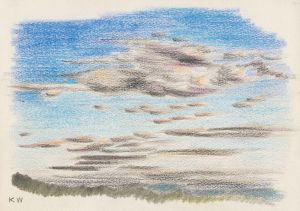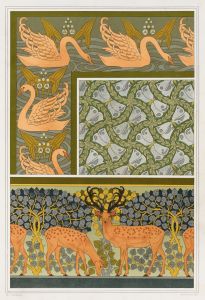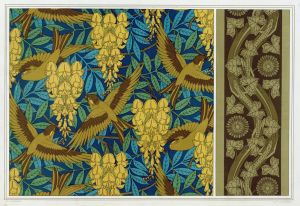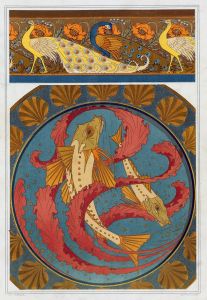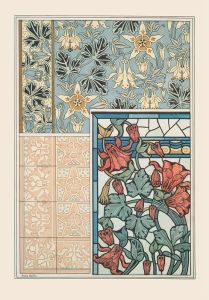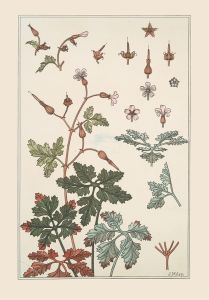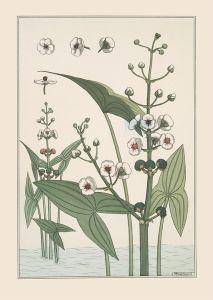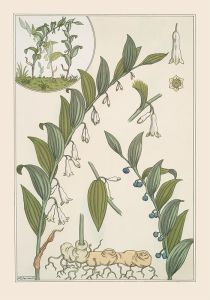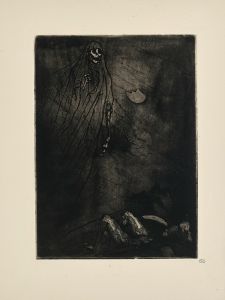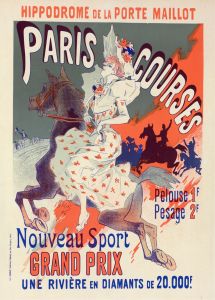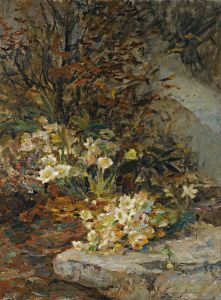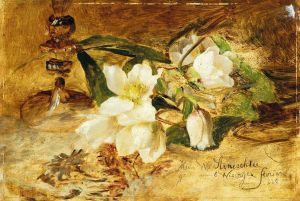
Pavot
A hand-painted replica of Maurice Pillard Verneuil’s masterpiece Pavot, meticulously crafted by professional artists to capture the true essence of the original. Each piece is created with museum-quality canvas and rare mineral pigments, carefully painted by experienced artists with delicate brushstrokes and rich, layered colors to perfectly recreate the texture of the original artwork. Unlike machine-printed reproductions, this hand-painted version brings the painting to life, infused with the artist’s emotions and skill in every stroke. Whether for personal collection or home decoration, it instantly elevates the artistic atmosphere of any space.
Maurice Pillard Verneuil was a notable French artist and designer, recognized for his contributions to the Art Nouveau movement. Born in 1869, Verneuil's work is characterized by its intricate patterns and vibrant use of color, often drawing inspiration from nature. One of his notable works is "Pavot," which translates to "Poppy" in English. This piece exemplifies Verneuil's skill in capturing the essence of natural forms through the lens of decorative art.
"Pavot" is a representation of the poppy flower, a subject that Verneuil revisited in various forms throughout his career. The poppy, with its delicate petals and vivid colors, was a popular motif in Art Nouveau, symbolizing beauty, transience, and sometimes sleep or death. Verneuil's depiction of the poppy is not just a botanical illustration but a stylized interpretation that highlights the elegance and fluidity characteristic of the Art Nouveau style.
Verneuil was known for his ability to blend different artistic influences, and "Pavot" is no exception. The piece reflects the influence of Japanese art, particularly in its use of flat colors and emphasis on outline, a hallmark of the Japonisme movement that swept through Europe in the late 19th and early 20th centuries. This influence is evident in the way Verneuil simplifies the form of the poppy, focusing on its essential lines and shapes rather than intricate details.
The color palette of "Pavot" is another striking feature. Verneuil often employed bold, contrasting colors to create visual interest and depth. In this work, the vibrant reds and oranges of the poppy are set against a more subdued background, allowing the flower to stand out and capture the viewer's attention. This use of color not only enhances the aesthetic appeal of the piece but also serves to emphasize the natural beauty of the poppy.
Verneuil's work, including "Pavot," was influential in the development of decorative arts during the Art Nouveau period. His designs were widely published in pattern books and journals, making them accessible to a broad audience and inspiring other artists and designers. "Pavot" exemplifies Verneuil's ability to transform natural elements into decorative motifs that are both beautiful and functional.
In addition to his artistic achievements, Verneuil was also an educator and author, contributing to the dissemination of Art Nouveau principles through his writings and teachings. His work continues to be studied and appreciated for its innovative approach to design and its enduring aesthetic appeal.
Overall, "Pavot" by Maurice Pillard Verneuil is a testament to the artist's mastery of form, color, and composition. It reflects the broader trends of the Art Nouveau movement while showcasing Verneuil's unique artistic vision. The piece remains a significant example of how natural motifs can be reimagined within the decorative arts, highlighting the timeless connection between art and nature.





